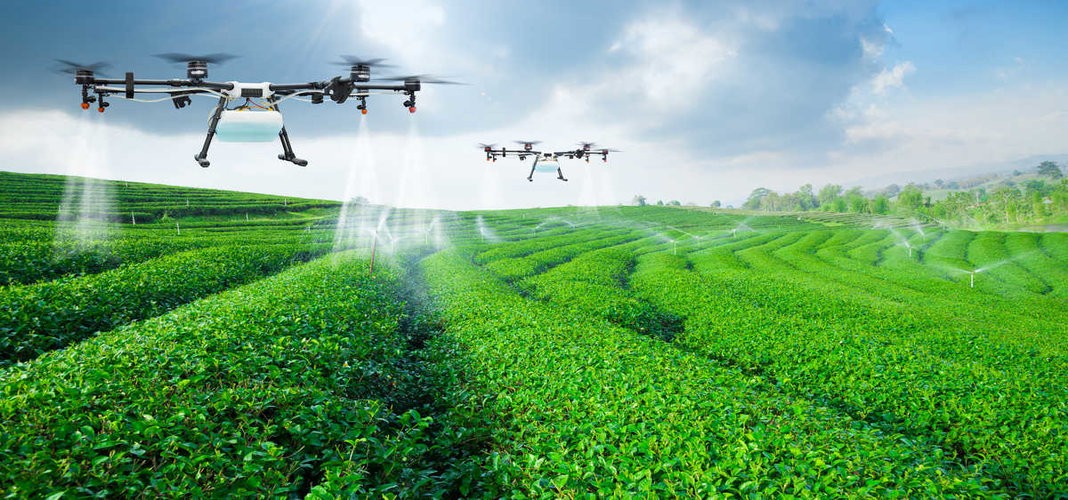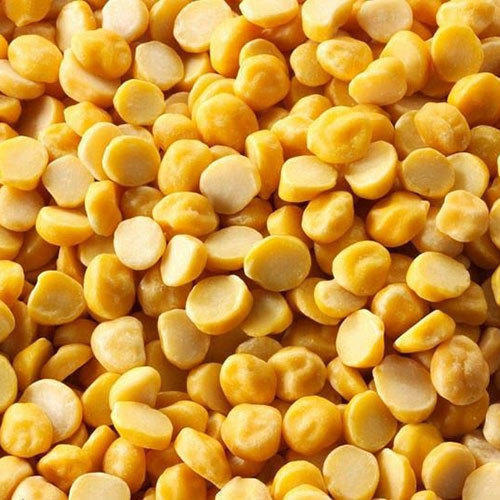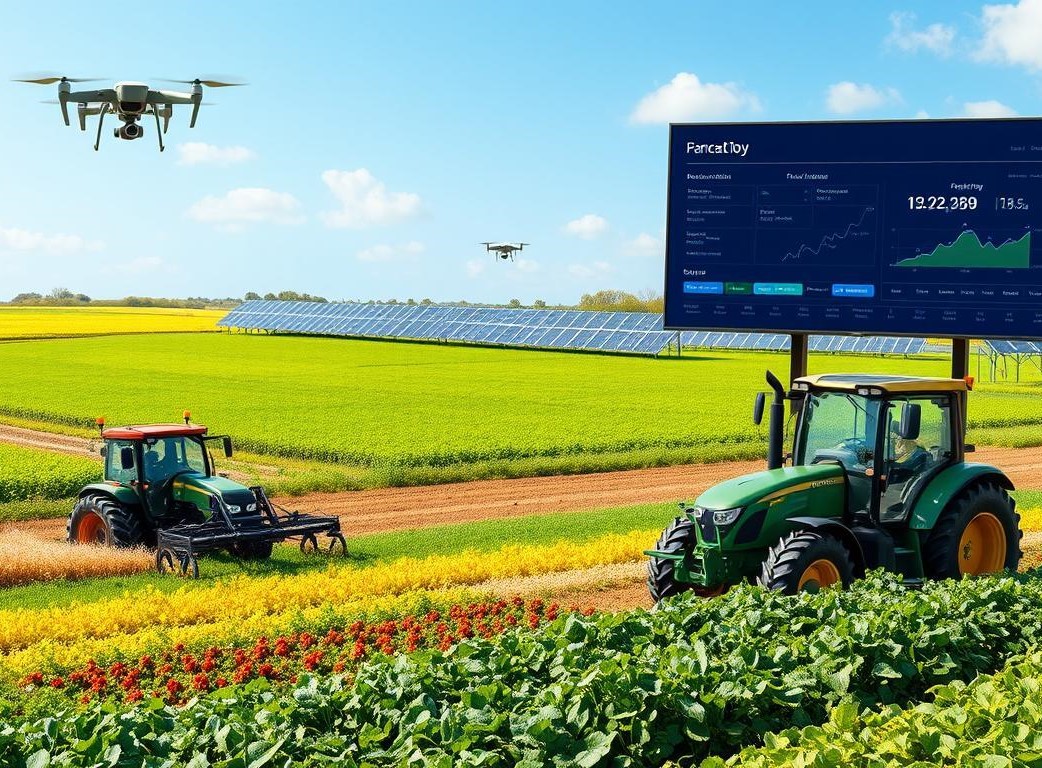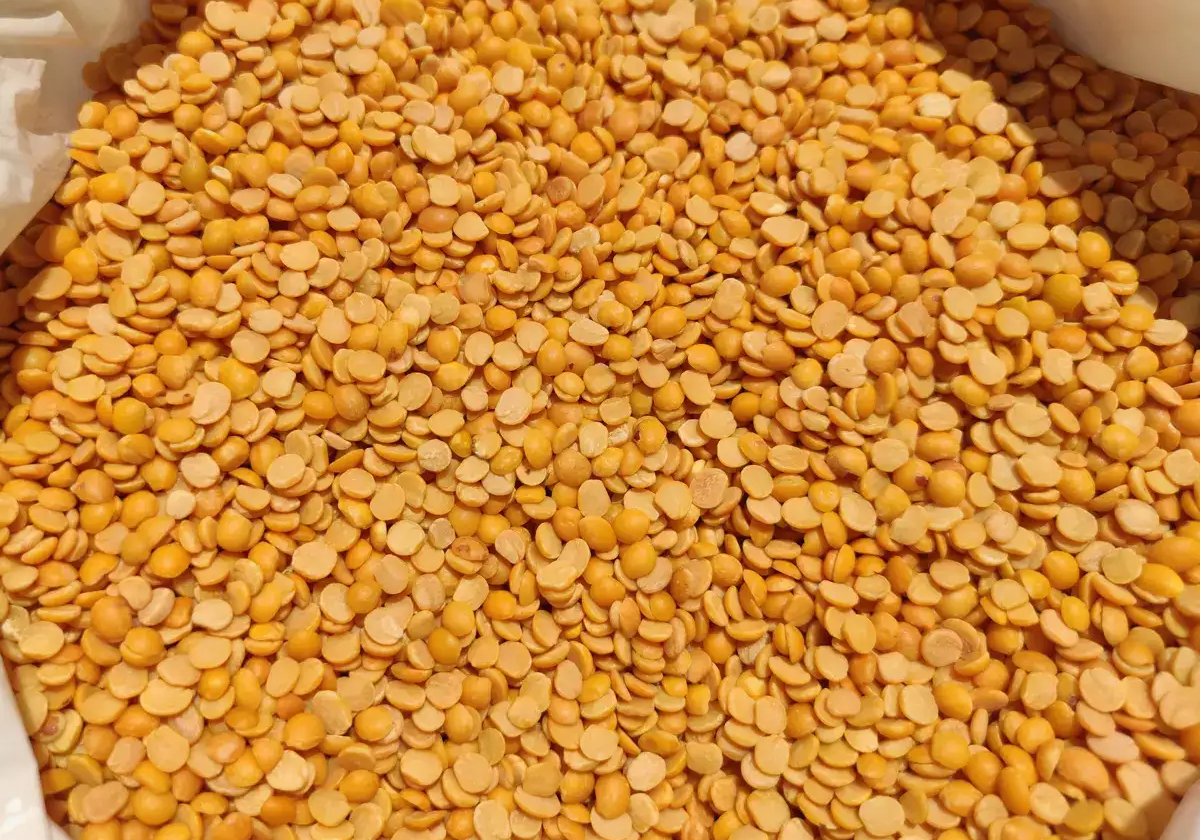The agriculture sector in India employs more than 22 million people in what can only be deemed as the world’s largest agricultural land. India ranks second in the world in terms of agricultural production and agricultural production has increased from USD 87 billion to USD 459 billion in the past 15 years. Nearly 41.49% of the Indian population is employed in agriculture while its contribution to the GDP is around 19.9% as of 2020. This means that more people are engaged in agriculture and hence the per capita income decreases. To address this, we need to shift the excess people from agriculture to other economic activities.

The last technological intervention was the Green Revolution whose benefits have plateaued and even have caused negative consequences. The need of the hour is large scale area-specific technological interventions. Regarding the India’s food supply chain, technology has changed the complete structure in which we work, from internal communications to physical processes.
Greater Transparency: The increase in digital communication has allowed for quicker, easier connectivity between businesses and customers. With the development in technology enhancing delivery and visibility for customers, their expectations and needs have increased with regards to transparency, delivery times and response times.
Greater efficiency and faster processes: With technology, through warehouse and transport systems, businesses can provide data capture, improve labour management, monitor resource and reduce stock losses with real-time stock checking.
Communication: The ability to communicate in real-time helps to form a unified business, enabling fast development and a wide understanding through each business unit daily. Technology has made this possible; changing the supply chain for the better, software enables teams to input vital data that is accessible to all necessary teams.
Integrating processes across your operations saves time and minimizes risk factors such as man-made manual mistakes. Technology has enabled warehousing and transport businesses to integrate their operations.

Talking about India’s food supply chain, we at agribazaar have our e-mandi platform that has been created to maintain the supply chain throughout the nation without any obstacles, the biggest one of them being what we’ve been dealing with since the start of 2020!
At e-mandi, once a farmer registers and uploads his produce, buyers like merchants, traders and corporates can give orders for purchase. Once the deal is complete, we ensure the logistics of picking up the grain from the farmer’s doorstep and delivering it to the buyers’ godown or warehouse. Farmers get their payments online in their bank account within the stipulated time.
Our field staff and agronomists spread all over the country, provide the critical last-mile logistics support to pick up the produce from the farmers and deliver it to the buyer. This ensures the safety of the farmer, social distancing norms and less crowding at the mandis.
To date, the small Indian farm owner/farmer has never got his due or credit and hence is always financially poor and have been stuck with primitive agri-practices. Through technology, we want to democratise and empower the Indian farmer. We want to enable farmers to get the best price for their produce transparently and fairly bypassing middlemen.








 Connect With Us
Connect With Us